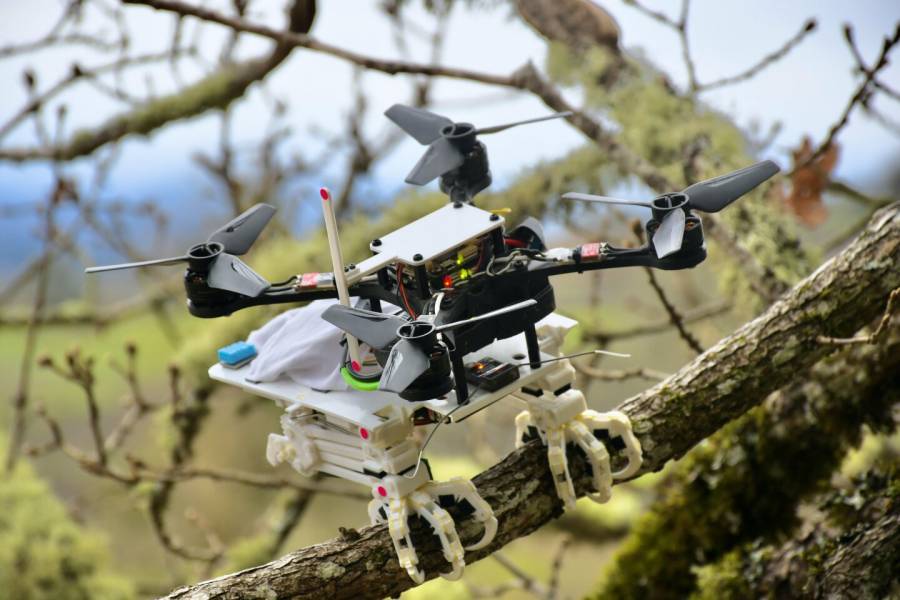
Taking their que from nature, engineers from USA Stanford University have built robotic graspers that can be fitted onto drones to enable them to catch objects and grip various surfaces. These graspers can enable the drones to collect data more easily in low accessibility areas or to 'perch' on places where it would otherwise be required to hover, conserving power.
'We want to be able to land anywhere; that's what makes it exciting from an engineering and robotics perspective.' - David Lentink, co-author of a paper about the design in Science Robotics
The team, obviously looking for a way to create a snazzy acronym, have dubbed their project 'Stereotyped Nature-inspired Aerial Graspers', or SNAG. Scientists and engineers have long looked to nature for inspiration with the practice, known as biomimicry, leading the design of the first gliders and planes to the shape of the Japan's famous 'bullet trains'.
Using high speed cameras to watch how birds landed, the scientists used data gathered from small parrots perching on different sizes and materials including wood, foam, sandpaper and Teflon. Scientists also needed a grasper, or foot, large enough to support a small drone modelling their design on the legs of a peregrine falcon.
In the future, it might not just be birds that are perched in a nearby tree, at least the drones won't poop on you car.
